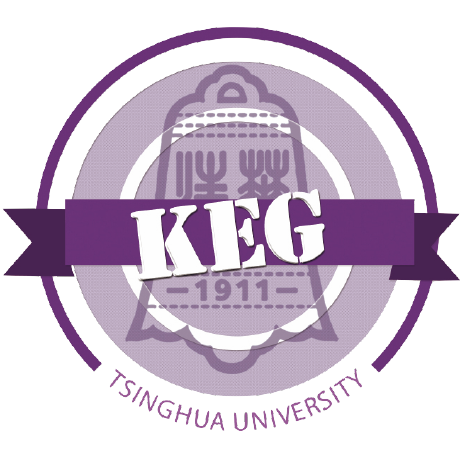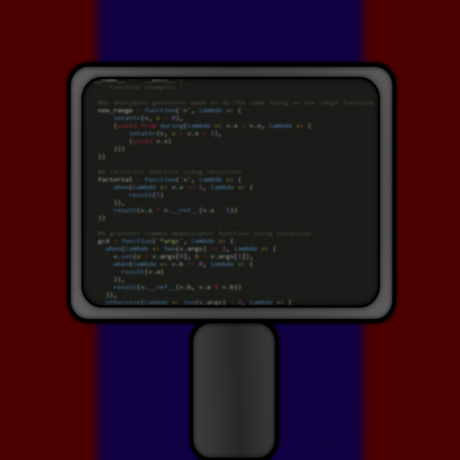Discover and explore top open-source AI tools and projects—updated daily.
AppAgentX by  Westlake-AGI-Lab
Westlake-AGI-Lab
GUI agent research paper implementation
Top 58.5% on SourcePulse
AppAgentX introduces an evolutionary framework for GUI agents, aiming to improve the efficiency of LLM-based smartphone user agents without sacrificing intelligence or flexibility. It targets researchers and developers building LLM agents for mobile applications, offering a novel approach to automate complex tasks by learning and replacing repetitive low-level actions with high-level shortcuts.
How It Works
AppAgentX employs a memory mechanism to store task execution history. By analyzing this history, the agent identifies and learns to replace sequences of repetitive low-level operations with high-level "shortcut" actions. This evolutionary process enhances operational efficiency, allowing the agent to focus its reasoning capabilities on novel or complex tasks while streamlining routine operations. The framework leverages LangChain and LangGraph for agent construction, Neo4j for memory storage, and Pinecone for vector storage.
Quick Start & Requirements
- Installation:
pip install -r requirements.txt - Prerequisites:
- Python (version not specified, but LangChain/LangGraph imply recent versions)
- Neo4j database
- Pinecone API keys
- Docker with GPU support for screen recognition/feature extraction services.
- Android Debug Bridge (ADB) configured for device connection or an Android emulator via Android Studio.
- Launch Demo:
python demo.pyorgradio demo.py - Links: Neo4j, Pinecone, LangChain, LangGraph, ADB, Android Studio Emulator
Highlighted Details
- Evolutionary framework for GUI agents to improve efficiency.
- Memory mechanism for learning and creating high-level action shortcuts.
- Modular design for screen recognition and feature extraction services.
- Supports interaction with physical Android devices or emulators.
Maintenance & Community
The project is associated with Westlake University's AGI Lab. Contact information for Wenjia Jiang is provided. No specific community channels (Discord/Slack) or roadmap links are mentioned in the README.
Licensing & Compatibility
The README does not explicitly state a license. It mentions the code will be open-sourced, but specific terms, restrictions, or compatibility for commercial use are not detailed.
Limitations & Caveats
The project is presented as an official implementation of a research paper, suggesting it may be experimental. Docker with GPU support is required for backend services, which could be a barrier for some users. Specific Python version requirements are not detailed.
6 months ago
Inactive

 marv1nnnnn
marv1nnnnn OSU-NLP-Group
OSU-NLP-Group XpressAI
XpressAI metaskills
metaskills THUDM
THUDM Cormanz
Cormanz langchain-ai
langchain-ai sdi2200262
sdi2200262 OS-Copilot
OS-Copilot bytedance
bytedance OpenBMB
OpenBMB jd-opensource
jd-opensource